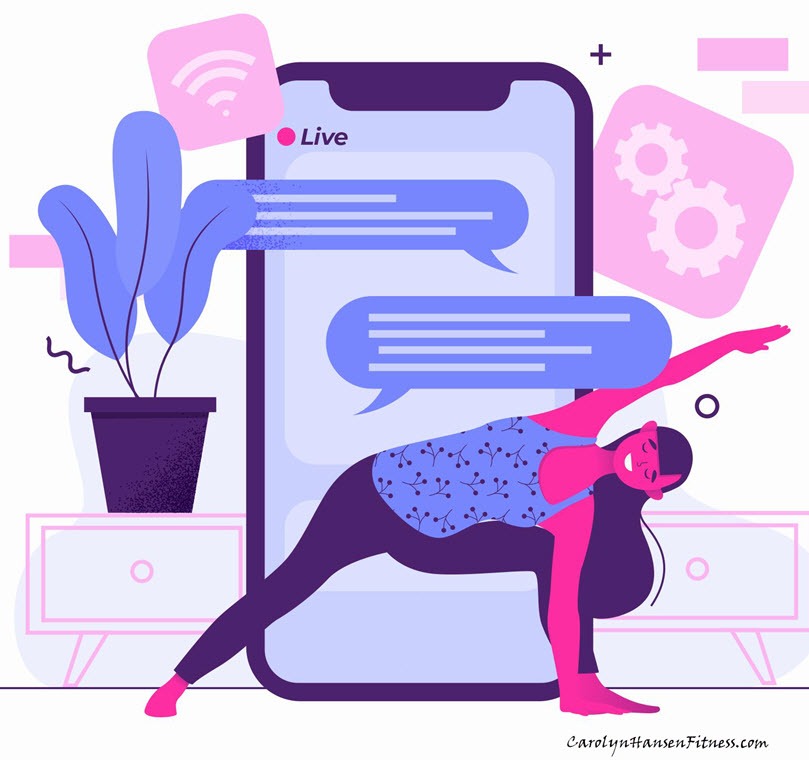If you have ever experienced lower back pain, you are in great company. As many as 80 percent of us will experience some form of lower back pain in our lives.
Lower back pain is the world’s leading cause of disability, and billions are spent treating it every year. With the rise in desk jobs and the number of people sitting for most of the day, these numbers continue to climb.
For most of us, as children and teens, chronic lower back pain wasn’t something we had to think about. That’s because the natural “elastic properties” of our muscles and tendons were still healthy and flexible at that age. Eventually, aging catches up, and our muscles begin to lose some of their natural suppleness. This affects our range of motion and causes stiffness in both muscles and joints.
Just as aging naturally diminishes muscle strength and requires conscious attention, our joints and flexibility need the same type of loving care. We must actively nurture these “elastic properties” to maintain a healthy body.
Why Flexibility Matters
Flexibility is defined as “the quality of bending easily without breaking” and “the ability to be modified and willingness to change or compromise.” That phrase — bend without breaking — says it all.
Flexibility offers real-life benefits. It allows for an unrestricted, painless range of motion, improves posture, boosts mobility, and enhances muscle coordination. It reduces muscle soreness from activity and helps prevent future injuries. According to physiology expert Austin Martinez, “Flexibility explains the current state of muscles when it comes to their elastic properties and how they change over time.”
Fortunately, we can take meaningful steps to heal, reduce, and even eliminate lower back pain — and help avoid future setbacks altogether.
The first and most obvious step toward freeing ourselves from lower back pain is to build core strength through proper exercise. Muscle strength is critical for daily mobility and overall health, but without its partner, flexibility, strength is limited in what it can achieve. Flexibility is a key player that allows strength to perform its job correctly.
That’s where stretching comes in. The best way to ensure that muscles and tendons stay flexible and that joints move smoothly is through a combination of consistent strengthening and stretching exercises.
A good strength training program — one that focuses on proper technique, full range of motion, and proper form — will naturally improve flexibility. No matter your age or athletic ability, strength training is essential for better flexibility, lower injury risk, and improved performance in everyday activities.
Strength training, paired with the stretching that naturally comes with movement, increases muscle length. Longer muscles are more resistant to injuries or tears, making strength and flexibility two sides of the same healthy coin.
Of course, gaining flexibility is a gradual process. Stiffness didn’t happen overnight, and magical flexibility won’t happen with just a few stretching sessions. It takes consistent effort, patience, and the understanding that the journey is worth it.
The Benefits of Flexibility
Flexibility brings a long list of benefits to the body and mind, including:
Less muscle fatigue and tightness
Improved range of motion
Better posture, balance, and a healthier state of mind
Reduced stress and increased relaxation
Maintenance of healthy cartilage and jointsDecreased risk of injury and less pain
- Improved physical performance in everyday life
The less active we are, the less flexible our joints become. Loss of flexibility leads to poor posture and weakened muscle function. When muscles lose their suppleness, joints and tendons suffer — and the door to injuries and chronic pain opens wide.
No matter our age, both strengthening and stretching should be a regular part of our daily activities. Lifting children or grandchildren without pain, walking upstairs independently, or simply getting off the couch with ease — these everyday joys should not be lost to aging. They only become challenging if we neglect the care our muscles and joints require.
Eliminate Lower Back Pain
Lower back pain is a lifestyle-related disability that, for most people, can be avoided. Dedicating just 30 minutes, three times a week, to a proper strength and flexibility program can keep joints healthy, muscles loose, and tendons stretchy — allowing for a full, pain-free range of motion.
According to Michael Alter, flexibility expert and author of Science of Flexibility, one major reason we become less flexible with age is due to changes in our connective tissues. As we age, dehydration within these tissues can cause stiffness. “Stretching stimulates the production or retention of lubricants between the connective tissue fibers, thus preventing the formation of adhesions,” he explains.
We all want to look good, feel great, stay pain-free, and live longer, healthier lives. Working on strength and flexibility is the key to achieving that.
When you commit to strengthening and stretching your body, you are protecting your muscle mass, supporting bone health, controlling body fat, decreasing injury risk, boosting energy, improving your mood, and enhancing balance, posture, and coordination.
With improved strength and flexibility, you will move more fluidly and sit and stand taller. Everyday activities will feel easier and lighter.
Your strength, endurance, and physical power will skyrocket. Chronic pain, if you suffer from it, will begin to disappear. Your overall health will flourish, and you will feel more resilient, energetic, and vibrant — perhaps even like you could leap tall buildings in a single bound!
It’s time best you lived your best life possible and everything you need to discover and live that life can be found at:
Self-Improvement Gifts a Library of Free resources that will help you with all your health and fitness needs.



